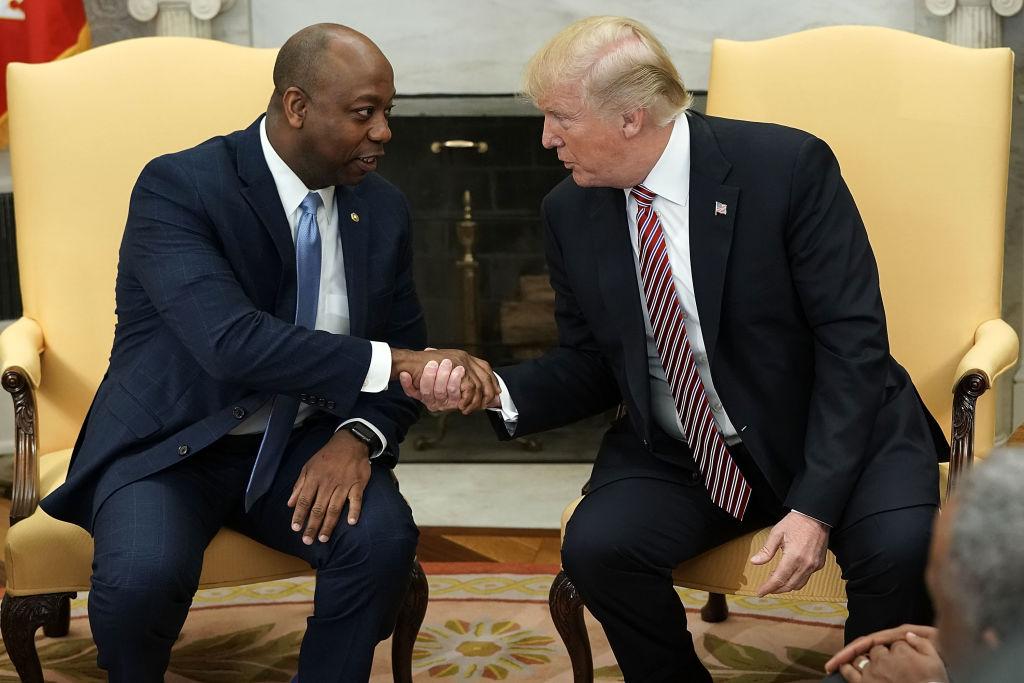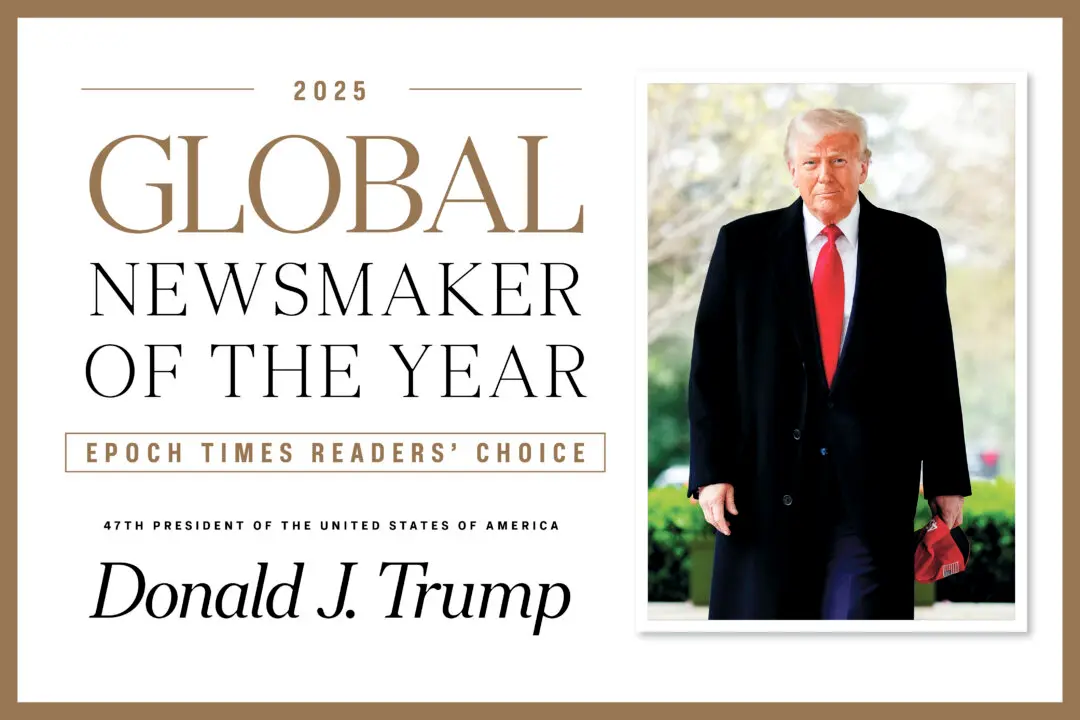WASHINGTON—The Treasury Department has rolled out guidelines for a program designed to bring jobs and investments to certain distressed areas, as part of an incentive in the Trump tax overhaul.
The Treasury Department on Oct. 19 issued rules for potential investors related to the “opportunity zones” tax incentive, which was created by the 2017 Tax Cuts and Jobs Act. Through tax breaks, the opportunity zones incentivize Americans to invest in economically underserved communities; the proposed rules provide guidance on how investors can qualify for special tax breaks in designated opportunity zones.





